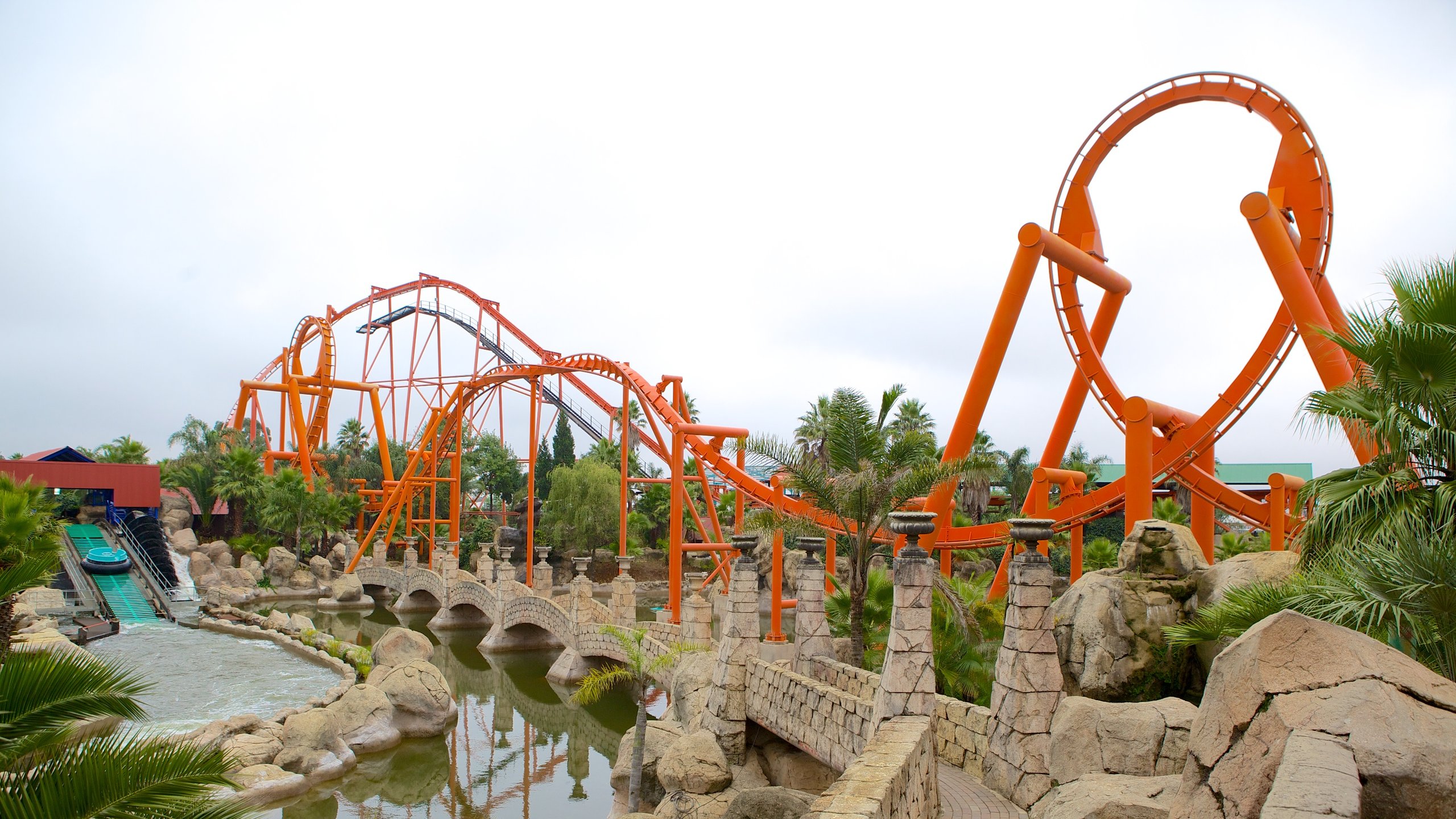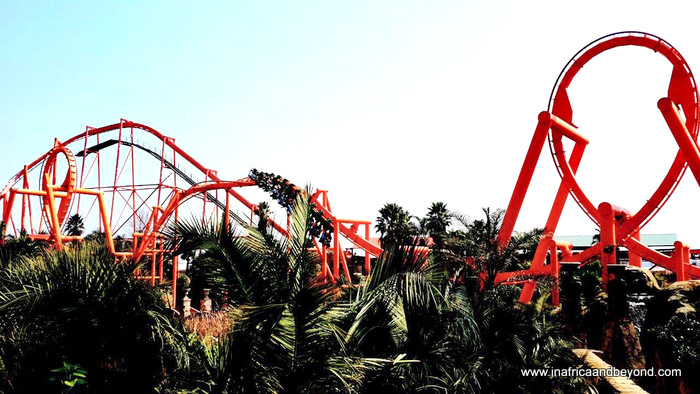Little Known Facts About Johannesburg North Attractions.
Little Known Facts About Johannesburg North Attractions.
Blog Article
The 20-Second Trick For Johannesburg North Attractions
Table of ContentsAll About Johannesburg North AttractionsSome Known Facts About Johannesburg North Attractions.All About Johannesburg North AttractionsThe Main Principles Of Johannesburg North Attractions Rumored Buzz on Johannesburg North AttractionsFascination About Johannesburg North AttractionsJohannesburg North Attractions - An Overview
However you ought to maintain safety in mind and tourists need to continue to be alert whatsoever times when in unfamiliar surroundings. Speak with the residents when you remain in town to learn about the location you are staying in. Johannesburg North attractions. When on the road (this doesn't use to shopping malls and other safe and secure atmospheres) best basic suggestions is to try your finest to resemble a local and to avoid showing any type of kind of riches
The Johannesburg North Attractions Ideas
Professor Revil Mason O. J. (Thomson, 1946) checked out the Witwatersrand's pre-colonial history. His historical work took off the 'em pty land' myth, according to which the region was without human habitation prior to the arrival of European settlers. In his publications Prehistory of the Transvaal: A Document of Human Task (1962) and Origins of Black People of Johannesburg and the Southern Western Central Transvaal AD 3501880 (1986 ), Teacher Mason showed the level of social and economic growth in the location prior to Europeans established foot here.

The Definitive Guide for Johannesburg North Attractions
In 1878, David Wardrop discovered gold in quartz blood vessels at Zwartkop, north of Krugersdorp. In 1881, Stephanus Minnaar came throughout gold on the ranch Kromdraai, near the Cradle of Mankind.
In March 1886, an outcropping (soon to be called the Key Reef) was discovered, rather luckily, on Gerhardus Oosthuizen's farm Langlaagte. Some claim that the Lancastrian coal miner George Pedestrian discovered this reef. One more travelling English miner, George Harrison (that had actually formerly operated in Australian mines) acquired a prospecting permit in regard of Langlaagte in Might 1886.
He decided to go on in a mission for greener fields, and disposed of his Langlaagte claim for the princely sum of 10. Alas: underneath lay the wealthiest goldfield ever before located. The discovery of this abundant auriferous reef provoked a gold thrill that signified the end of bucolic serenity in the southern Transvaal.
It would, within six years, end up being the largest town in southerly Africa. Within a years, it would make the Z. A. R. until after that an anarchical and insolvent little state the richest nation in Africa. By the millenium, the Z. A. R. was to go beyond Russia, Australia and the USA of America to end up being the world's leading gold producer, producing even more than a quarter of the world's gold.
The 6-Minute Rule for Johannesburg North Attractions
It was called Ferreira's Camp, named after Colonel Ignatius Ferreira. He was a Boer traveler upon whom the British authorities had actually presented the status of Companion of the Many Identified Order click here for more info of St Michael and St George (qualifying him to the post-nominal letters C. M. G.) in gratefulness for his role in the war that had actually deposed the Pedi king Sekhukhune in 1879.
Quickly the camp was including tents and wagons as beginners got here daily from everywhere. By September 1886, some 400 people lived in Ferreira's Camp, which quickly flaunted upreared iron and timber buildings. 2 other camps were developed: Meyer's Camp on the ranch Doornfontein, and Paarl Camp. The latter was nicknamed Afrikander Camp; lots of people from the Cape Nest settled there.

All about Johannesburg North Attractions
This name got money by word of mouth, such that the State Assistant affirmed the name to the Mining Commissioner on 9 October 1886. Stands in the town were auctioned on 8 December 1886. While some stands were offered for 10, others were knocked down for just sixpence.
2 years later on, these erven were to change hands for as much as 750 each. The tented camps decreased as a dorp of corrugated iron structures created and broadened north of the mines situated along the Main Reef Road. Areas such as Jeppe's Town (where working-class immigrants erected their houses) and Doornfontein (where the wealthy brand-new 'Randlords' began to build their luxurious homes) were quickly included in the ever-expanding map of the community.
Get This Report about Johannesburg North Attractions
Apart from the road names, there were no indicators of Johannesburg being located in a Dutch-speaking country., nearly everyone talked English and also the Government servants resolved one in English, unless they were first attended to in the Taal (or Low Dutch)'.
Britain had an interest in ensuring optimal problems for gold production on the Witwatersrand, and that the gold was exported to London rather than Berlin an imperative provided all the much more clamant by the Z. A. R.'s enhancing toenadering with Germany. Mine owners were on a clash with President Kruger, whose policy of monopolistic giving ins (frequently provided to his cronies) stopped mining business from procuring products of products (especially dynamite) and work by themselves, less costly terms
Not known Facts About Johannesburg North Attractions
In 1890, the Volksraad had restricted the franchise to white men that had lived in the Z. A. R. for fourteen years or longer, hence disqualifying most of the immigrants (that happened to be the significant factors to the fiscus). Frustration for the vote was a simple pretense for promoting use this link a different program; the majority of uitlanders regarded themselves as short-lived visitors and had no objective of staying Related Site in the Z.
Report this page